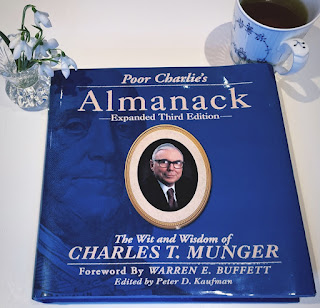Why are Checklists Such Powerful Tools for Investors?
You might have followed me for a while, or you might be here for the first time – if you’ve been here before you have definitely seen me mention a checklist. Before I invest in a business, I use checklists. A checklist is not a to-do list, a wish list, or a shopping list. A checklist is a list that prevents me from making errors and in its core my goal with it is to:
Not everyone likes checklists and to some people it might seem that only insecure people need checklist. But in multiple professions around the world checklist has proven to be the difference between life and death, between wealth and ruin. Pilots, doctors, and the most successful investors use checklists (Charlie Munger, Guy Spier, Mohnish Pabrai, Danielle Town, and Bill Ackman).
Bill Ackman learned that the years he moved away from his checklist, was the darkest years in his investing career and when he came back to using checklists, he started being successful in his investments again.
A checklist can be modified over time – items can be taken out and added as you learn.
I recently read the Checklist Manifesto by Atul Gawande, a book I can highly recommend. I really like the quote below here – it’s long but so true. We don’t like checklists, and some will say it’s beneath them to use one. I’m not wain because I’m much more focused on not taking risks but getting to an abundant life, and I found a checklist to be a powerful tool because I’ve caught companies that on the surface looked good but with only a little digging it turned out that the management pay was high compared to other businesses and with such a complicated pay structure that it was a “no thanks” from me. I like simple.
We don’t like checklists. They can be painstaking. They’re not much fun. But I don’t think the issue here is mere laziness. There’s something deeper, more visceral going on when people walk away not only from saving lives but from making money. It somehow feels beneath us to use a checklist, an embarrassment. It runs counter to deeply held beliefs about how the truly great among us—those we aspire to be—handle situations of high stakes and complexity. The truly great are daring. They improvise. They do not have protocols and checklists. Maybe our idea of heroism needs updating.






Comments
Post a Comment